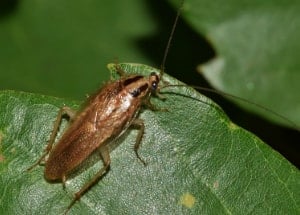Hey there. I’m Nicholas Martin, a professional entomologist aka pest buster. With over 10 years of pest control experience under my belt, I have gained a comprehensive understanding of how to identify and get rid of cockroaches, as well as other tenacious insects.
If you’re here, you’ve probably been Googling photos of bugs that look like cockroaches non-stop. Let me guess… You’ve seen a roach-resembling bug in your kitchen. And you desperately hope it’s something else. In any case, to effectively battle your nasty enemy, you need to identify it first.
There really are some cockroach look-alikes. In this post, I’m going to cover them in detail. So, are you ready to find out if your creepy crawler is a ‘cucaracha’ or just its devious copycat? Read on and get all the details you need to come up with the best roach-busting plan.
Roach Identification Guide: What They Look Like
Need to know what cockroaches look like? Well, that depends on the species. Yep, that may sound surprising, but there are four main species of indoor roaches that happily reside in the US. They all want to have breakfast with you, shower with you, have fun at your home parties, and sometimes even sleep in your bed (yikes!).
If this perspective seems far from appealing to you, then you need to primarily identify the type of roach that has dared to come and pay you a visit. That, in its turn, will greatly assist you in freeing your home or office from these nasty little buggers.
Now, let’s elaborate on each species’ characteristics:
- German cockroach. When you think of any cockroach, you most likely imagine this highly typical yellowish-brown critter. These roaches vary in size from ½ in. to 5/8 of an inch long. You can recognize a German cockroach by the two parallel bands that go from the back of the little pest’s head down to its (not so) charming wings.
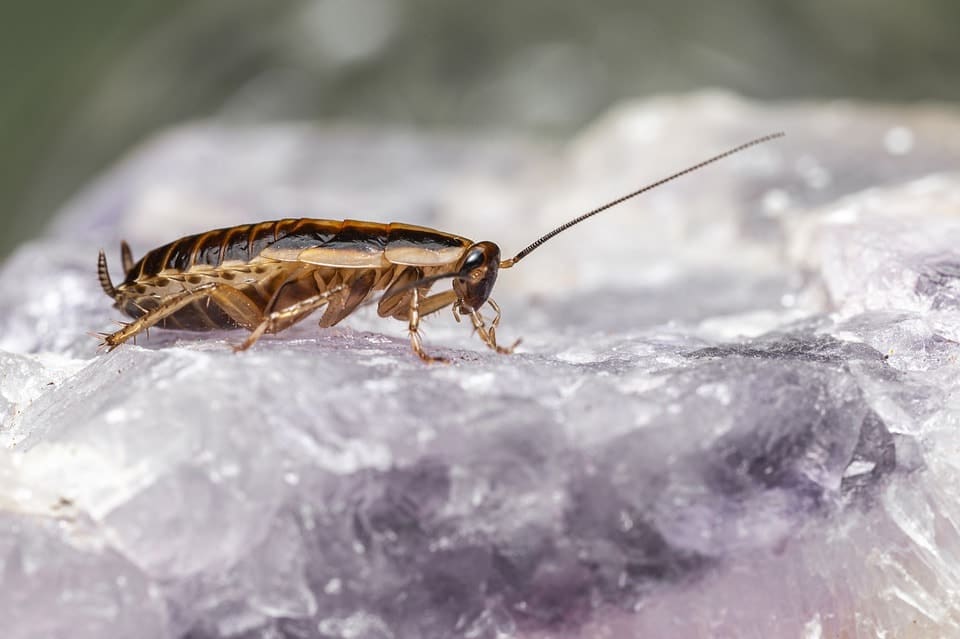
- American cockroach. These buddies are glossy and large. In fact, they can grow up to two inches long. The color factor is paramount when it comes to identifying these roaches: they are red-brown with subtle amberish highlights. American roaches have wing covers, but they are more into munching on your yummies rather than flying.
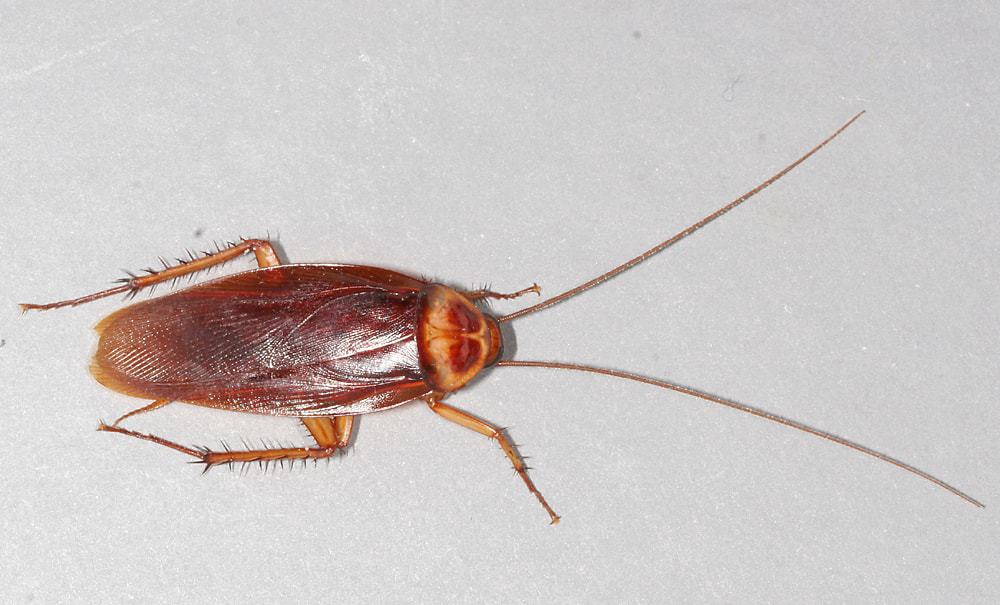
- Oriental cockroach. Due to its smooth and shiny dark brown body, this roach type is also known as ‘shad roach’ or ‘black beetle cockroach’. These roaches grow up to 1 ¼ in. in size. When it comes to their color (their major distinctive feature), Oriental roaches are almost black.
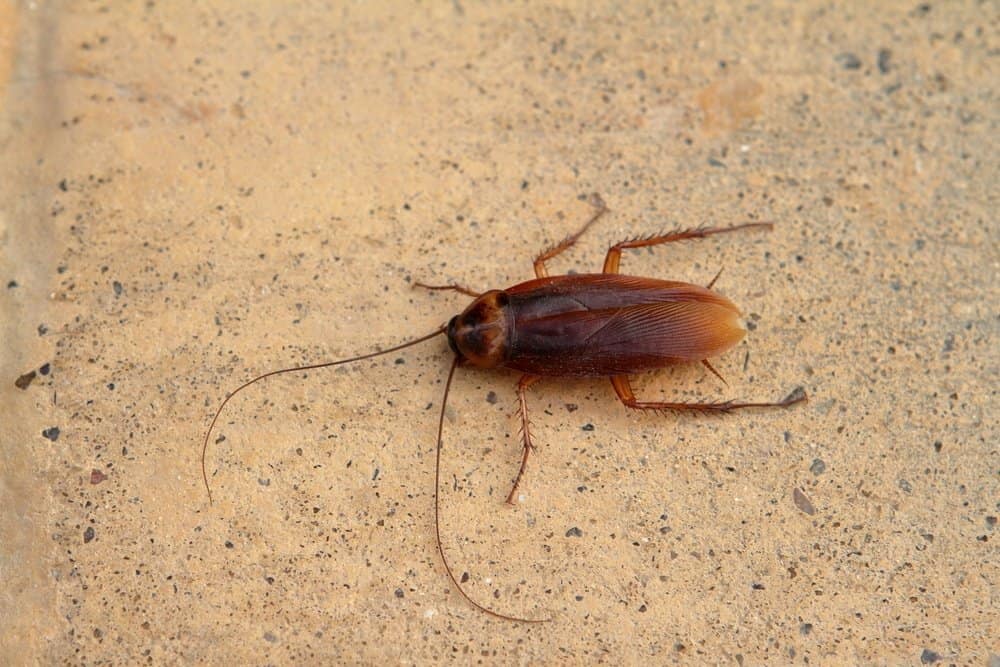
- Brown banded cockroach. These home invaders are among the smallest roach types. They are light brown, winged, and tiny. Brown banded cockroaches are occasionally confused with German roaches. You can see two subtle irregular lines along the wings of the former, while the latter have two dark lines behind their heads.
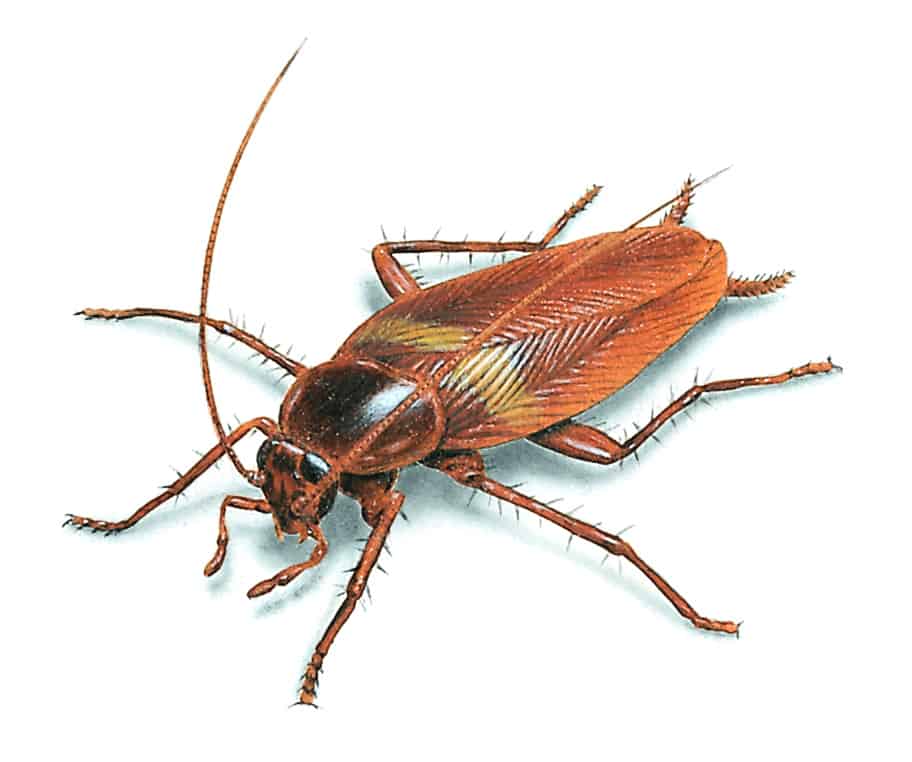
Now that you’re armed with the information that allows you to identify the type of roach you might be dealing with, it’s time to elaborate on bugs that look like cockroaches but aren’t.
Cockroach or Beetle: That is The Question
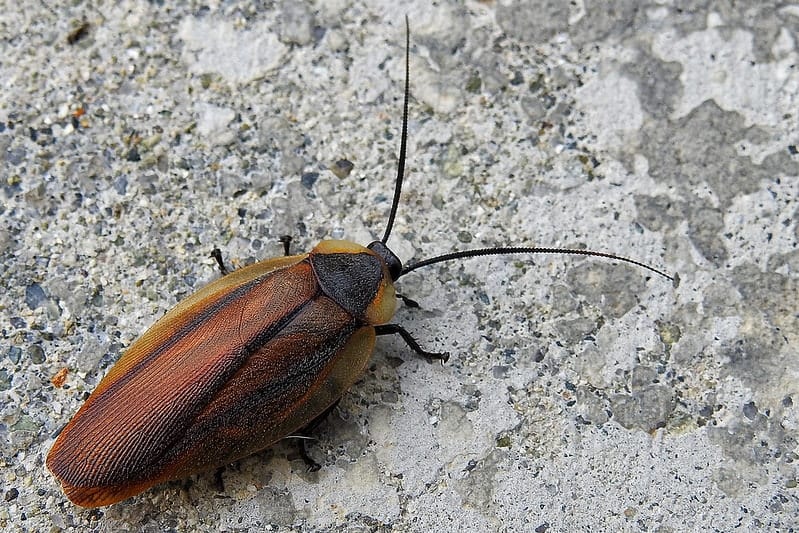
I’ll start with the beetle as the most obvious cockroach impostor. There are thousands of beetle types out there. Some of them bear some resemblance to cockroaches in terms of their overall appearance. So, how to tell if that pesky pest waving at you from your kitchen counter is a random beetle or a nasty cockroach?
First and foremost, look at the critter’s legs. Long legs and ‘feelers’ (as well as parchment-like noticeable wings) are typical of cockroaches — as opposed to their beetle copycats. Black ground beetles resemble Oriental roaches, however, the latter have bigger heads and softer, leaner wings. Ground beetles, in their turn, have thick front wing covers.

Related Post: 7 Best Roach Sprays That Kill
June beetles are occasionally mistaken for the pesky roaches as well. They are rounder in shape compared to the roaches, and flaunt eyelash-like antennae. Unlike most ‘cucarachas’, June beetles are usually drawn to and mesmerized by light. Therefore, June beetles prefer the outside, while your cockroach guests want to hang around in your dark kitchen and bathroom forever.
Cricket vs. Cockroach: How to Tell the Difference
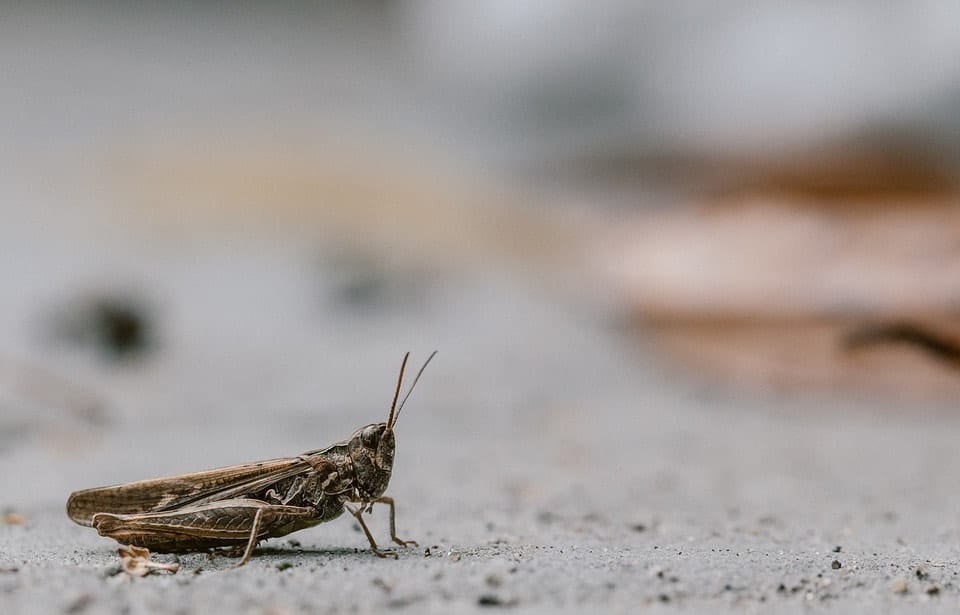
Crickets are among the most typical bugs that look like roaches as well. Just like cockroaches, crickets boast long ‘feelers’ and vary in terms of shades from dark yellow to almost black. However, unlike the mostly oval cockroaches, crickets’ bodies are more barrel-shaped.
Another distinction is crickets’ enlarged hind legs (they need them for jumping — something that roaches never do). As for cockroaches, their legs are identical in length. In addition to this, just like beetles, crickets tend to spend most of their time outside. While roaches invariably want to invade your sweet home…
[wpsm_titlebox title=”Read more:” style=”main”]
[su_posts template=”templates/teaser-loop.php” id=”148, 898, 5977″ posts_per_page=”3″ order=”desc”]
[/wpsm_titlebox]
Water Bug vs. Roach: Focusing on the Distinction
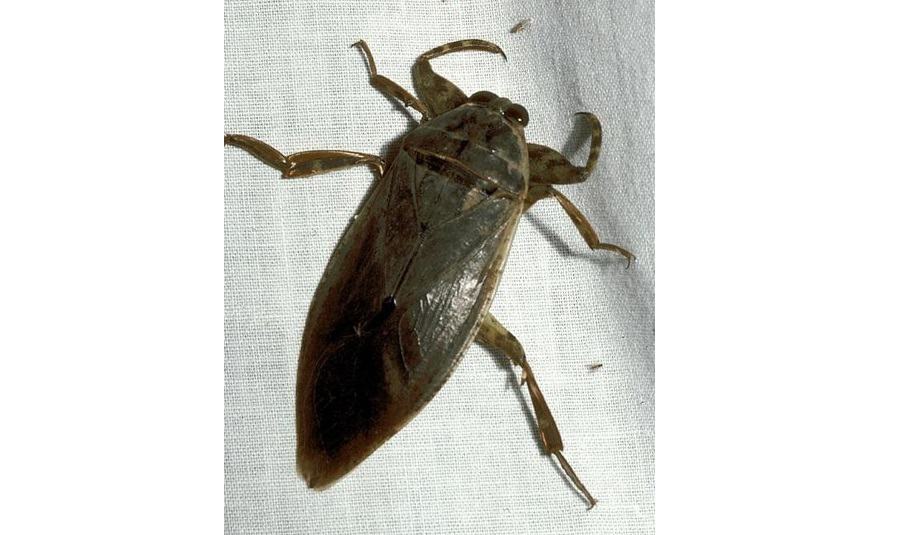
Although this part may sound a bit confusing, I’m here to bring you some much-desired clarity on the water bug vs roach issue. If you still think that there’s no particular distinction between water bugs and Oriental roach beasts, you’re wrong. Water bugs reside in still waters (e.g. lakes), hence the name.
As for figuring out the visual distinction between the two similarly looking insects, water bugs are significantly larger than Oriental cockroaches. They usually grow up to four inches in length. Just like beetles, water bugs are immensely drawn to light. And unlike cockroaches, water bugs do not have ‘feelers.’
Palmetto Bug vs. Roach: Is There Any Difference At All?
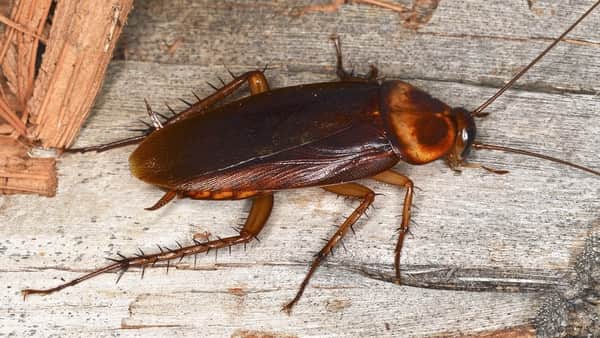
Want to know how your unwanted roach guest and a palmetto bug differ? As a matter of fact, they don’t. Several cockroach variations broadly encountered in the Southeast United States are often dubbed ‘palmetto bugs’ — mostly because these honeys are very much into chilling under the palm (palmetto) leaves in that region.
Cutting to the Chase: from Identifying to Battling
Now that you’ve (hopefully) identified your enemy — or, perhaps, figured out that the random cricket visitor is not an enemy at all — you are ready to take thoughtful action. If, after reading this post, you’ve realized that you’re dealing with German cockroach invaders, here’s the good news: now you know the roach type you need to fight. And knowing is already half the battle. The rest is up to you.
Feel free to browse through my other posts to learn more about how to get rid of German cockroaches. Read reviews about foggers, sprays, and bait stations to choose the solution that will suit you the most. Have you ever had a cockroach disaster? How have you approached it? Feel free to share your experience with me and your fellow readers in the comment section below. Your two-cents are very important.
Also read:
References:
- Oriental Cockroach (Kim McCanless, University of Florida):
http://entnemdept.ufl.edu/creatures/urban/roaches/oriental_cockroach.htm - Wood-Boring Beetles (University of Missouri):
https://extension.missouri.edu/publications/g7422

